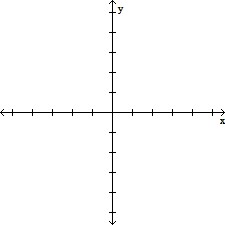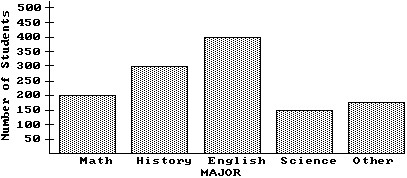Use mathematical induction to prove the statement is true for all positive integers n.(45)n = 45n
What will be an ideal response?
Answers may vary. Possible answer:
First we show that the statement is true when n = 1.
For n = 1, we get (45)1 = 45?1
Since 45?1 = (45)1 , P1 is true and the first condition for the principle of induction is satisfied.
Next, we assume the statement holds for some unspecified natural number k. That is,
Pk:  is assumed true.
is assumed true.
On the basis of the assumption that Pk is true, we need to show that Pk+1 is true.
Pk+1: (45)k+1 = 45(k+1)
So we assume that  is true and multiply both sides of the equation by 45.
is true and multiply both sides of the equation by 45.
(45)k(45) = 45k(45)
(45)k+1 = 45k+5
(45)k+1 = 45(k+1).
The last equation says that Pk+1 is true if Pk is assumed to be true. Therefore, by the principle of mathematical induction, the statement (45)n = 45n is true for all natural numbers n.
You might also like to view...
Find the domain of the given function f and find where it is increasing and decreasing, and also where it is concave upward and where it is concave downward. Identify all extreme values and points of inflection. Then sketch the graph of y = f(x). f(x) = 4-x
What will be an ideal response?
Approximate the area under the curve and above the x-axis using n rectangles. Let the height of each rectangle be given by the value of the function at the right side of the rectangle.y = 2x3 - 1 from x = 1 to x = 6; n = 5
A. 825 B. 875 C. 800 D. 850
Use unit ratios to convert the units.5.1 miles to feet
A. 748.00 ft B. 8,976 ft C. 26,928 ft D. 2,244 ft
Use the figure to answer the question.The bar graph below shows the number of students by major in the College of Arts and Sciences. What percent of students in the college are history majors (to the nearest tenth of a percent)?
What percent of students in the college are history majors (to the nearest tenth of a percent)?
A. 75.5% B. 66.7% C. 24.5% D. 32.7%